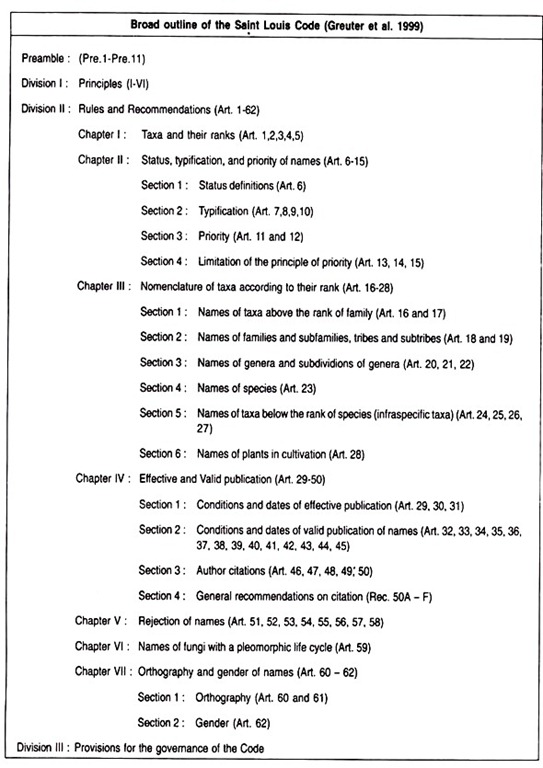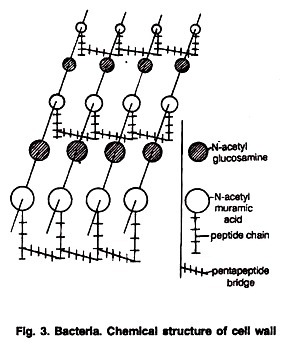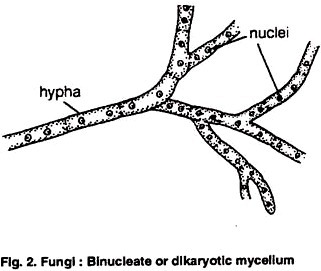Read this article to learn about the Structure and Life Cycle of Cockroach !
Cockroach (Periplaneta americana) is one of the large-sized insects. The cockroach is cosmopolitan in distribution and found mainly in tropical and damp climates.
These usually inhabit kitchen, bakeries, godowns, store- rooms and sewage channels. They are nocturnal and omnivorous.

It’s body is dorso-ventrally flattened, distinctly segmented and covered by a shining brown exoskeleton. Dorsal body surface is covered by wings which are darker than body itself.
The body of a cockroach is differentiated into 3 distinct regions- head, thorax and abdomen, and a small neck or cervicum connects the head with thorax (fig.8.1).
The head:
This is triangular, somewhat flattened and bent downwards in hypognathus position, i.e., at an angle of 90° from the long axis of body. It can be moved upon the mobile neck in all directions. On each lateral side, it bears a large and blackish compound eye. Close to each eye, on dorsal surface, there is a small, light-coloured area called fenestra or ocellar spot. These spots are regarded undeveloped simple eyes by some and functional ocelli by others. At its pointed end, the head bears a mouth. The cavity of the head posteriorly communicates with that of the neck by means of a large occipital foramen.
The thorax:
This is the small, broad and harder part of body located behind the neck. It is comprised of three segments- prothorax, mesothorax and metathorax. Each thoracic region bears three pairs of walking legs; the last two thoracic segments bear a pair of wings each.
The abdomen:
Relatively more flattened and softer, it is the largest and broadest part of body behind the thorax. It bears the anus at its posterior end.
Reproduction and Life cycle:
In cockroach sexes are separate i.e. there is sexual dimorphism.
The female cockroach is distinguished from the male by the following characters:
(i) The abdomen is broad
(ii) Genital pouch is present
(iii) Anal styles which are found in males, are absent in female.
Male reproductive organ consists of a pair of testes, a pair of vas deferentia, originating from testes, utricular gland situated at the junction of vas deferentia, ejaculatory duct, phallic gland and phallomeres (fig. 8.2). The female reproductive organ is comprised of a pair of oviducts, vagina, collaterial gland, gonapophyses and spermatheca (fig. 8.3).
 The female cockroach emits a specific, volatile, odorous sex attractant or pheromone to draw the male to her for mating. These attractants are detected by the chemoreceptors located in the antennae of the male.
The female cockroach emits a specific, volatile, odorous sex attractant or pheromone to draw the male to her for mating. These attractants are detected by the chemoreceptors located in the antennae of the male.
Reproduction in cockroach involves the following steps (fig. 8.4):
1. Copulation:
Copulation generally takes place in dark, during night.
2. Spermatophore formation and insemination:
Spermatozoa produced by the testes of the male pass into the seminal vesicles for storage. At the time of copulation these pass into the ejaculatory duct and get mixed with a nourishing fluid. The spermatophore now becomes tough, pear-shaped, with a simple opening. During copulation it is transferred into the genital pouch of the female where its opening lies in close contact with the spermathecal opening, so that the sperms leave the spermatophore to enter the spermatheca. The spermatophore, when empty, drops down.
3. Fertilization and formation of ootheca:
Fertilization takes place within the vestibulum of the female genital pouch. The collaterial glands pour their secretions over the inner surface of the vestibulum to form the ootheca. Sixteen eggs are laid into a single ootheca. The eggs are arranged in a double row, assisted by the ovipositor valves, very much like cigarettes in a cigarette case.
The sperms, stored in the spermatheca, fertilize the eggs when they pass from the vagina into the vestibulum for inclusion in the ootheca. More and more secretions from the collaterial glands harden the ootheca which is first white in colour but becomes pink later on. The ootheca is oblong in shape with a keel on its outer dorsal fringe.
4. Laying of ootheca:
The female cockroach carries the ootheca, protruding from the tip of the abdomen, for several days, till it is deposited in a warm, sheltered and dark place.
5. Early embryonic development:
The ootheca which is laid at a suitable place by the female cockroach contains fertilized eggs. These are slightly curved, concave on one side and convex on the other. Each contains a diploid nucleus and yolk, the food for embryonic development. Each egg first undergoes cleavage resulting in a blastula, which is followed by a gastrula formation. The gastrula is differentiated into an early embryo which gets separated from the blastoderm by an amniotic cavity. Its three germ layers (the ectoderm, mesoderm and endoderm) the various parts of the nymph.
6. Hatching:
When hatching occurs, the dorsal keel of the ootheca splits and the nymphs emerge out leaving the egg membranes within the ootheca. The freshly-hatched nymphs are delicate, transparent and almost colorless creatures with black eyes. They possess nearly all adult characters but differ in size and colouration, in being sexually immature and lacking wings.
7. Metamorphosis:
Immediately after hatching, the nymphs undergo first moulting or ecdysis and then five or six successive moults follow. As nymphal development proceeds, the wing pads arise, body increases in size, colouration becomes darker and ultimately the takes its form with fully developed wings and genitalia.
 Cockroaches are carriers of helminthic worms, pathogenic bacteria, virus, fungi, and protozoans. Cockroaches are also aesthetically displeasing because they can soil items with their excrement and regurgitation.
Cockroaches are carriers of helminthic worms, pathogenic bacteria, virus, fungi, and protozoans. Cockroaches are also aesthetically displeasing because they can soil items with their excrement and regurgitation.
